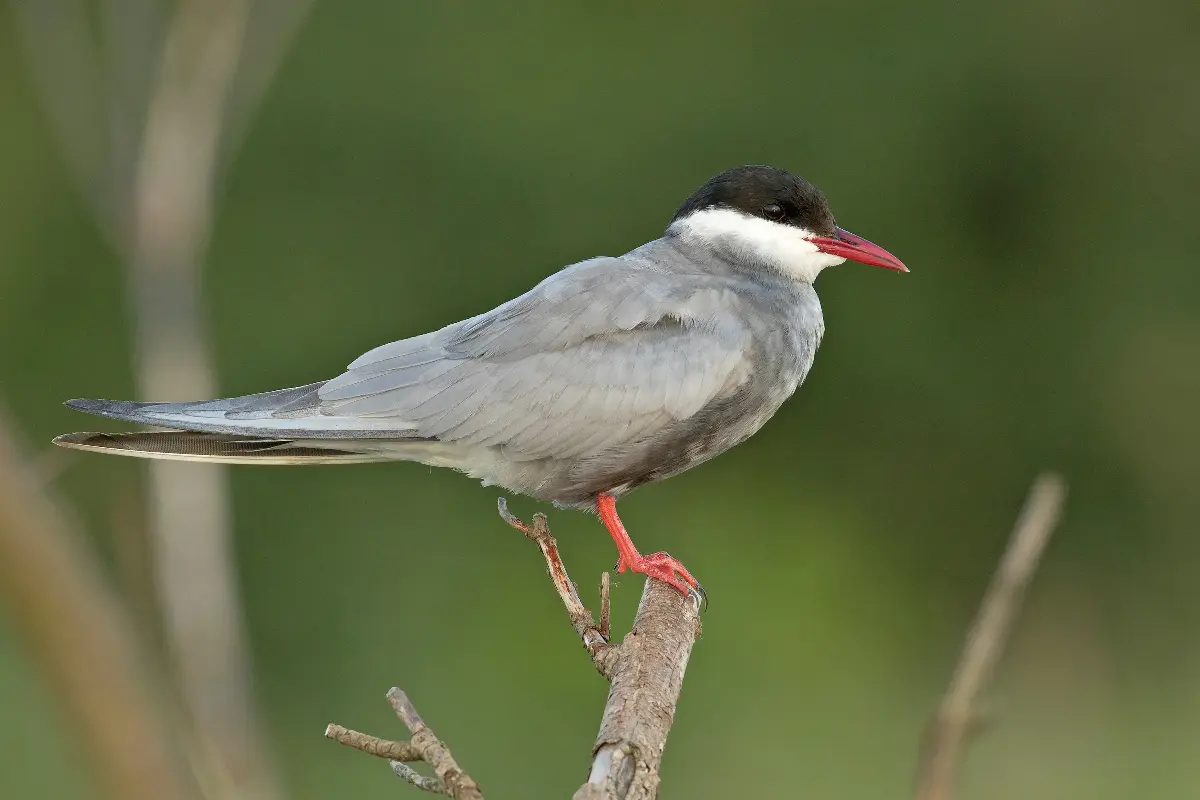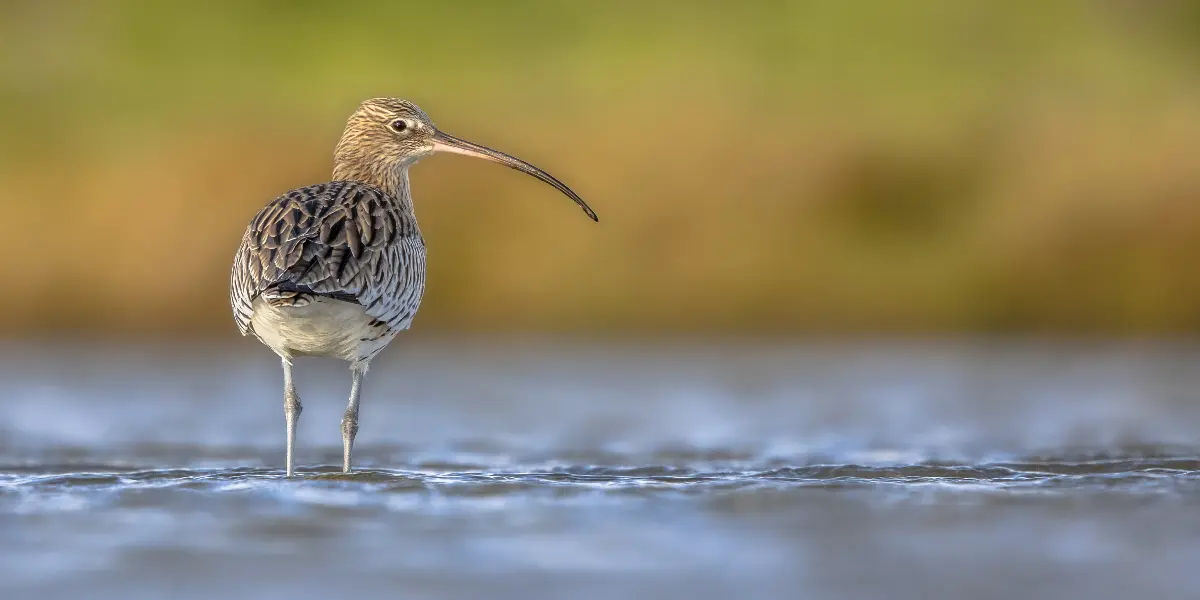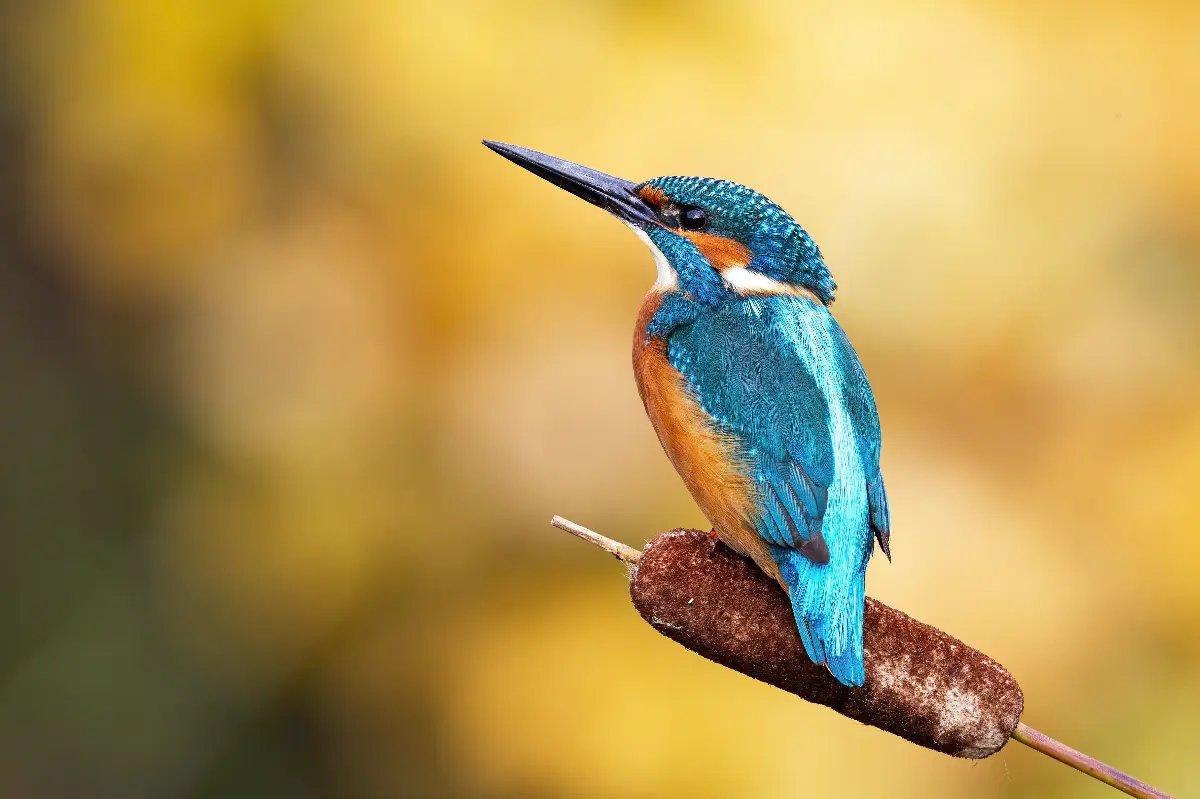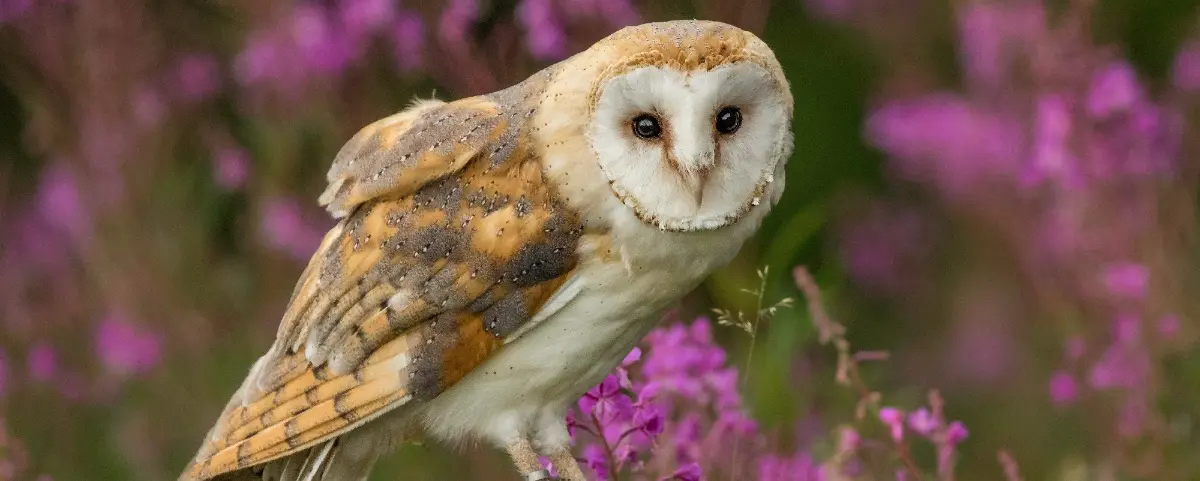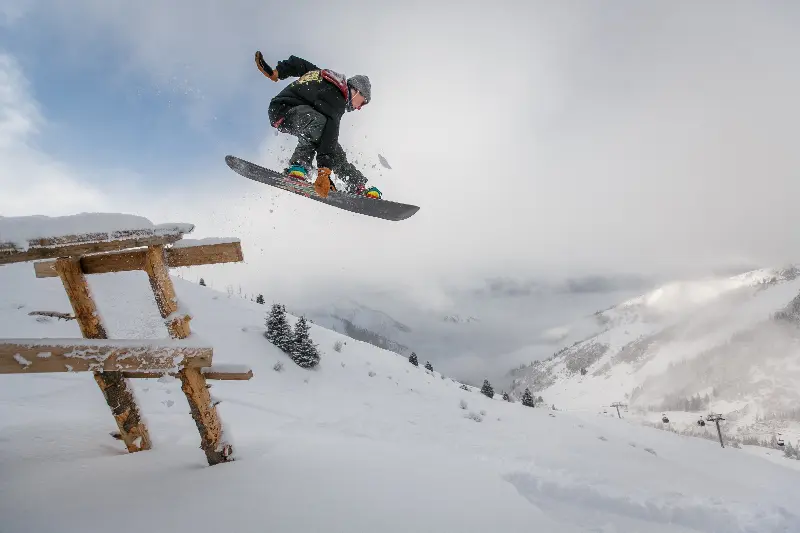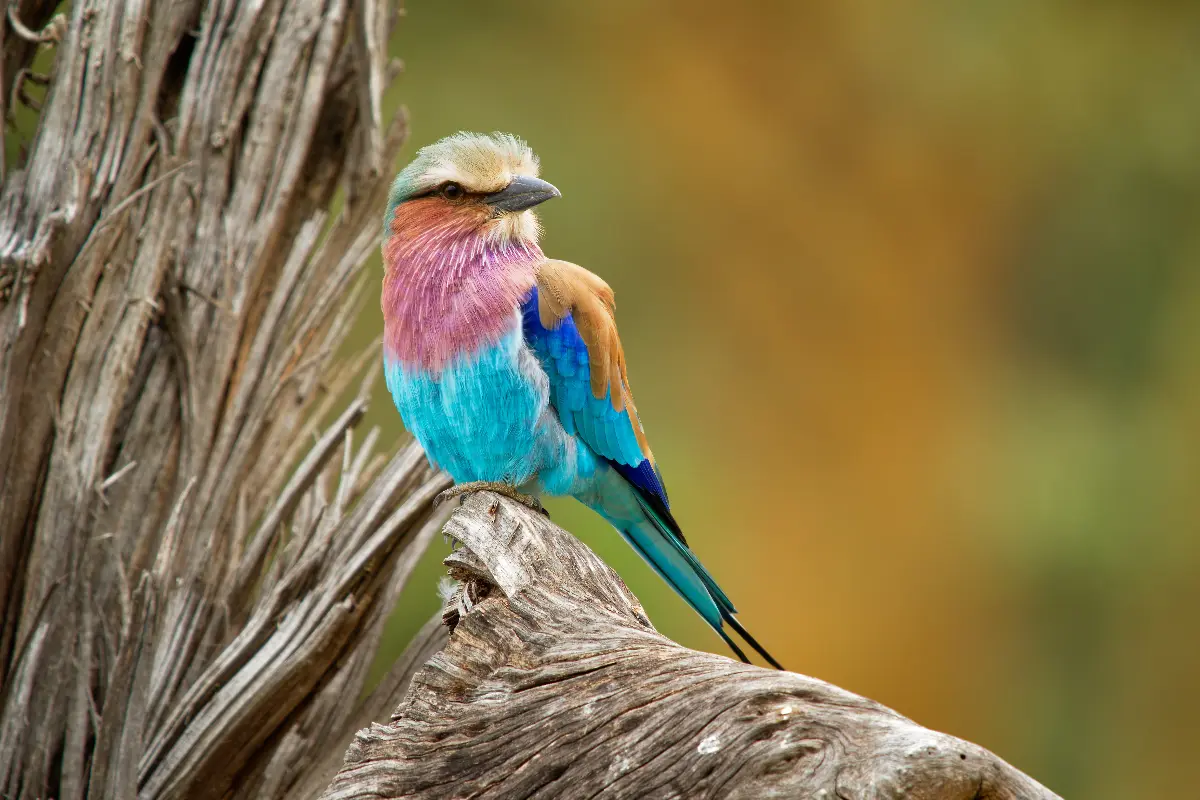
Helyszín címkék:
5 protected bird species and their fabulous habitats
Mészégető Marcsi
Before we start our top list, it is worth noting that holiday cruises are an excellent choice (also) for bird watching, bringing nature closer to you in a special way. MAHART PassNave Kft. boats can be rented on the Bodrog, the Tisza and Lake Tisza, so bird watching can also become a unique experience – in silence, from the water, you can admire the whiskered tern or the kingfisher without any disturbance. Holiday cruises, which have long been popular abroad, are also becoming more and more common in Hungary: the boats also function as comfortable, well-equipped accommodation, and after a short training session, anyone can drive the vehicles. Along the rivers, more and more ports, attractions and restaurants await water tourists – but the real value is the silence of nature, which you can experience up close during such a trip.
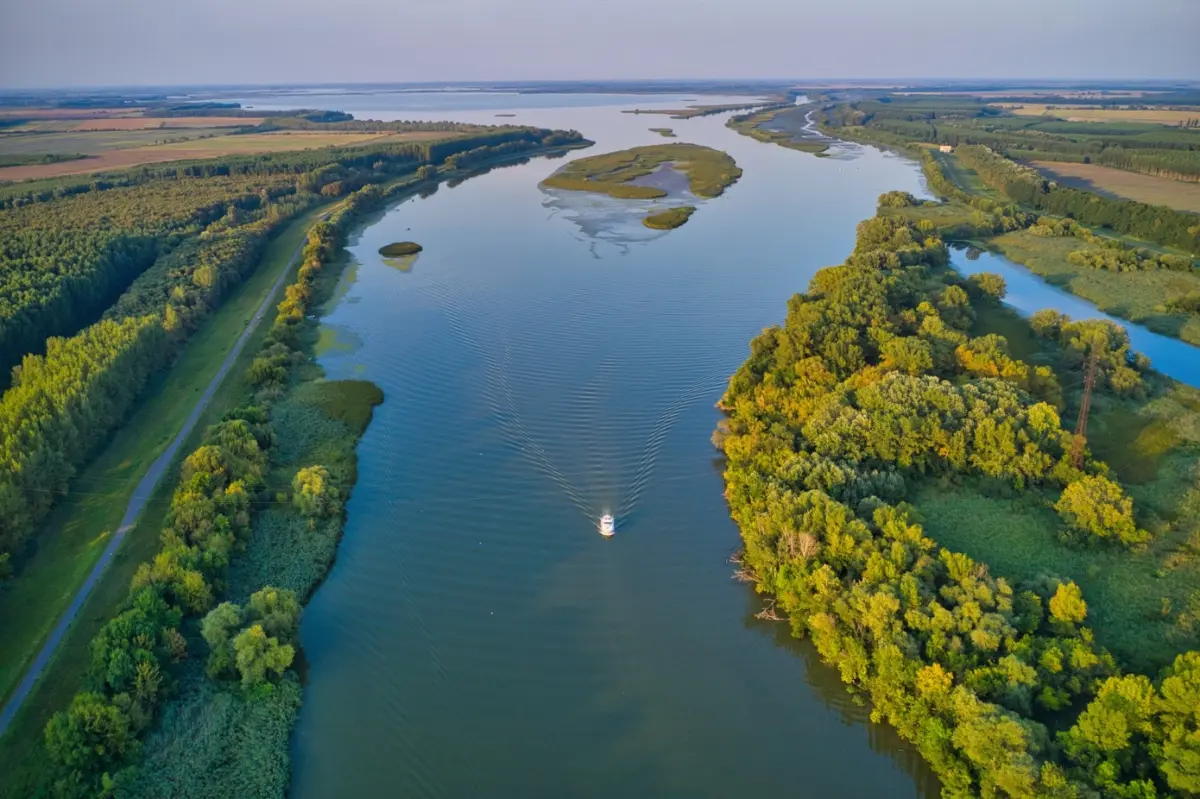
1. Whiskered Tern watch at Lake Tisza
The landscape of Lake Tisza, dotted with islands, offers tourists a wide variety of recreational opportunities: On the beach areas of Abádszalók, Tiszafüred and Poroszló, water sports enthusiasts can try everything from canoeing to paragliding, while the wild landscapes of the coastline offer endless hiking and nature walks. The panoramic lookout of the Lake Tisza Ecocentre is also worth a visit, but if you want to admire the countryside from more than just a bird’s eye view, the Lake Tisza Water and Nature Trail is also worth a visit. Here you can walk along a 1,500-metre-long boardwalk to discover the flora and fauna of the area, including also the protected Whiskered Tern, whose only distinctive feature is its loud hoarse cry, its thick red bill, black cap and white face.
2. Eurasian Curlew, a special bird species of the Kiskunság National Park
Hungary’s second national park, the Kiskunság National Park, established in 1975, preserves both the traces of nature’s constant change and the traditions of the people who live here. The House of Nature (Természet Háza) in Kecskemét, in addition to the wildlife of the national park, also pays great attention to the presentation of past activities, the Shepherd Museum (Pásztormúzeum) in Bugac takes you to a very special world, and in Jakabszállás, you can visit the largest botanical garden in the country, which – in addition to its size – has the special feature of drawing a proportional topographical map of the country. You can discover the unique flora and fauna of the Kiskunság salt lakes at the Csólyospálos geological site and on the Tiszakécske great reed warbler educational pathway, but it is also worth spending some time in the Büdös-szék area near Szabadszállás, and if you are lucky, you might spot some large curlews. Believe us, there’s not much chance of this elsewhere in the country, as the bird, also known as the ‘wind shouter’, only nests in small numbers in Hungary and spends the winter in southern Europe, Africa and southern Asia.
3. Kingfisher, the highlight of Szentendre Island
Many people are familiar with Szentendre and the best-known tourist destinations in the Danube Bend, but perhaps fewer with the Szentendre Island, which offers unforgettable sights. Kisoroszi’s indigenous, protected wildlife has made it one of the most popular holiday villages in the Danube Bend, where the island peak is one of the most popular destinations, offering stunning views of Visegrád Castle and the Börzsöny mountain ranges. The island’s tip and the northern areas along the Danube have been part of the Danube-Ipoly National Park since 1997. It says a lot about its breathtaking wildlife that one of the most colourful birds of our country also loves the Szentendre Island area.
As the kingfisher breeds in the banks of rivers and lakes – of which there is no shortage on the island – it is worth keeping an eye on the sky around the water’s edge, as there is a good chance that a tiny patch of colour will appear and dazzle us with its hummingbird-like “hovering” in one place.
4. Barn Owl, a night hunter in Villány and countryside
Villány and its surroundings are very popular with wine lovers, but in addition to the rows of cellars of renowned wineries, the area is rich in beautiful castles, lookouts and spas, and the Mecsek could also be called as Mecca for hikers. In addition, the city and the surrounding countryside boast an amazing variety of flora and fauna. Old trees in the orchards of the area are home to the night-whistling eared owl, while the highly protected white stork and the barn owl, which breeds in church steeples, attics and granaries, are also linked to human presence. The latter is mostly found in the southern Transdanubian region, so you can easily come across an example during night walks. It will be easy to recognise, as its heart-shaped face veil makes it look incredibly special.
5. Szalakóta (Eurasian Roller) Nature Trail in the Bükk National Park
Like all nature reserves, the Bükk National Park is characterised by its unique flora and fauna, too. More than a thousand caves, as well as many natural wonders – such as the Veil Waterfall (Fátyol-vízesés) in the Szalajka Valley or the Udvar Stone –, furthermore, hiking trails and educational pathways attract tourists from far and wide. One of the local educational pathways is named after the Eurasian Roller (in Hungarian: Szalakóta), a protected bird that also lives in the Bükk National Park. On the hike from Bíbic-les (Lapwing watch) to the Csincsezug, it is worth keeping your eyes open for the Eurasian Roller, known for its impressive size and appearance, which is a real bird of prey: it likes to perch on a high point and patiently waits for the right moment to pounce on lizards, insects and small voles.
